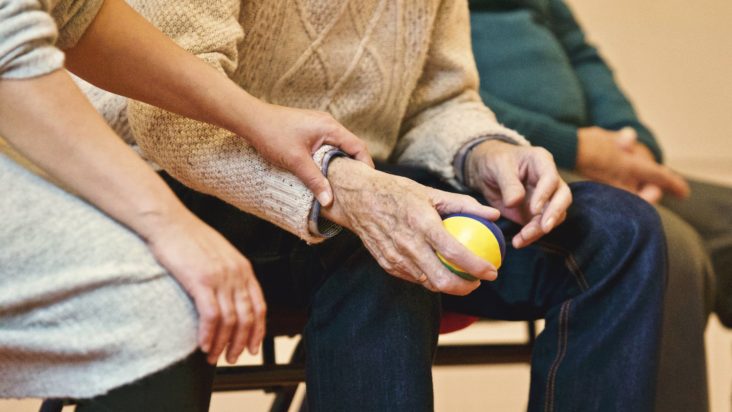By Christopher M. Prior, D.O. Sheridan Memorial Hospital Internal Medicine
Have you ever had a bad fall, felt like you were going down from being light headed or dizzy, or due to clutter in your surroundings? If so, then you know how scary it can be to feel out of control as you think about falling.
For almost 20 years now falls have been the leading cause of fatal injury and the most common cause of nonfatal trauma related hospital admissions among older adults. Twenty five percent of people over the age of 65 fall every year. One out of four fall victims will be admitted to the hospital and, on the extreme end, approximately 1% of those admitted to the hospital will die as a direct result of their fall. The financial cost of falls will surpass $67 billion annually next year according to the National Council on Aging.
There are many reasons why older adults may experience a fall. Potential causes for the increased number of falls in the elderly may be in part due to:
- people living longer
- living longer independently
- living longer with chronic conditions
- certain medication use
- neurological deficit
- cognitive impairment
- lower extremity weakness
- malnutrition
- social isolation
Fear of the cost of assisted living and poorly reimbursed home health may also contribute to placing the elderly at risk. Studies show a fear of falling and a sensation of gait unsteadiness are indications for interventions to reduce fall risk.
Some interventions that have proven to decrease fall and fall injury risk include:
- limiting some medications
- regular exercise
- proper diet
- vitamin D supplementation in those with low vitamin D
- correcting visual problems
- appropriate footwear
- removing environmental hazards
Studies show that for every medication taken more than 4/day the risk of fall increases by 14%. Certain medications that affect balance, vision, and alertness may increase risk of falls. While it may be necessary to take certain medications due to individual medical problems (such as Parkinson’s disease, diabetes, or hypertension) a discussion with your medical provider and pharmacist can help with determining the advantages and disadvantages of continuing medications that may increase the risk of falls.
Numerous studies show weight bearing and balance exercise can reduce the risk of falls in the elderly. Neuromuscular training such as Tai Chi reduces the risk of recurrent falls by greater than 50%. While there are no specific guidelines as to the type or duration of exercise, the United States Preventative Task Force recommends exercise to reduce fall risk in those over 65 years old.
Elderly with low vitamin D concentrations are at a greater risk of loss of muscle mass, decreased strength, and hip fractures. Vitamin D supplementation in patients with low vitamin D has shown to reduce risk of falls. The American Geriatric Society recommends supplementing with 1000 international units of vitamin D a day for adults at risk for falls with total vitamin D concentrations less than 30.
Visual problems such as cataracts, glaucoma, and macular degeneration contribute to fall risk.
Users of multifocal glasses had a reduced fall risk when wearing single focal length glasses for outside activities. In addition, delays in second eye cataract surgery place patients at a greater risk of fall with injury at that time.
Environmental hazards such as broken or uneven steps, poor lighting, throw rugs or clutter increased risk of falls. Handrails, slip resistant decking, and grab bars have proven to help reduce fall risk. Proper training and appropriate use of assistive devices such as canes or walkers may also help. Appropriate footwear and orthotic devices to reduce foot pain have shown benefit in fall rate reduction as well.
It is impossible to prevent every fall and fall induced injury. Intervention to identify elderly at risk for falls should include a history of falls, medication review, gait, balance, mobility, and environmental assessments. Multifactorial fall risk assessment has shown reduction in fall risk but no change in fall related morbidity and mortality. The American Geriatric Society recommends a multifactorial approach to identify at risk elderly.

